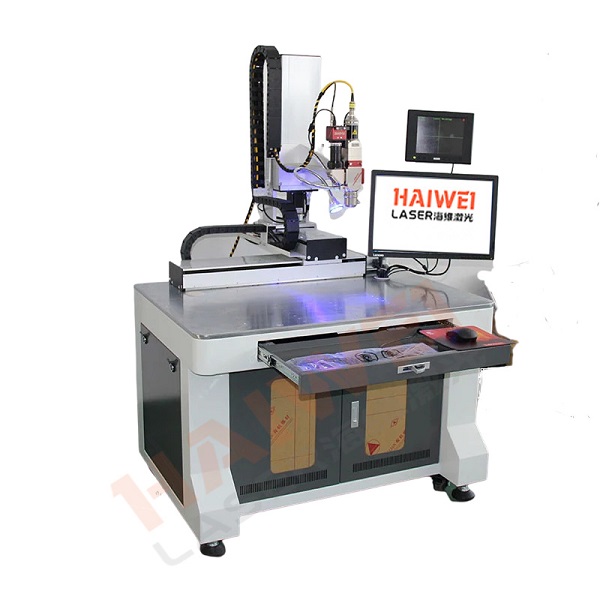The Impact of Cooling Water Temperature on the Welding Quality of Laser Welding Machines
In the realm of laser processing, maintaining optimal conditions is crucial for achieving high-quality welds. One often overlooked factor that significantly influences the outcome is the temperature of the cooling water used in laser welding machines. Understanding how this variable affects your operations can lead to better performance and reduced downtime.

Optimal Cooling Water Temperature Range
The recommended range for cooling water temperature typically falls between 18°C and 22°C (64°F to 72°F). This range helps maintain a stable operating environment for the laser, preventing overheating which could otherwise cause thermal stress and distortions in the weld seam. When the water temperature is too high, it fails to effectively dissipate heat generated during the welding process, potentially leading to compromised weld integrity.
Effects of High Cooling Water Temperatures
Operating with excessively warm cooling water can result in several issues. Firstly, higher temperatures reduce the efficiency of heat removal from critical components such as the laser head and optics. This inefficiency not only degrades weld quality but also accelerates wear on these parts, increasing maintenance costs over time. Secondly, inconsistent cooling may lead to thermal expansion or contraction of materials being welded, affecting precision and alignment.
Benefits of Properly Cooled Systems
Maintaining the correct cooling water temperature ensures consistent performance of your laser welding machine. A well-cooled system allows for precise control over the weld pool, resulting in cleaner, stronger joints. Additionally, proper cooling minimizes the risk of thermal damage to sensitive electronic components within the machine, thereby extending its operational lifespan.
Monitoring and Adjusting Water Temperature
To ensure optimal performance, it's important to regularly monitor and adjust the cooling water temperature. Modern laser welding machines are equipped with advanced cooling systems that include sensors and automated controls to maintain the desired temperature. However, manual checks should still be performed periodically to verify system accuracy. It’s also advisable to use deionized or distilled water to prevent mineral deposits from clogging the cooling lines.
Environmental Considerations
Environmental factors such as ambient temperature and humidity can affect the effectiveness of the cooling system. In environments where these variables fluctuate widely, additional measures like insulation or climate control may be necessary to maintain stable water temperatures. Ensuring that your facility is properly conditioned can help mitigate external influences on your welding processes.
For those considering investing in a laser welding machine, understanding the importance of cooling water temperature is essential. By keeping the water temperature within the recommended range, you can achieve superior weld quality, extend the life of your equipment, and minimize unexpected downtimes.
Recent Posts
- What are the advantages of laser welding machines in lithium battery pack production lines?
- What issues should be noted when choosing a lithium battery pack production line?
- Quality Inspection and Control of Lithium Battery Module Pack Production Line
- Cell grouping and sorting process in lithium battery module pack production line
- What are the safety hazards of lithium battery pack production lines and how can they be prevented?
INQUIRY

